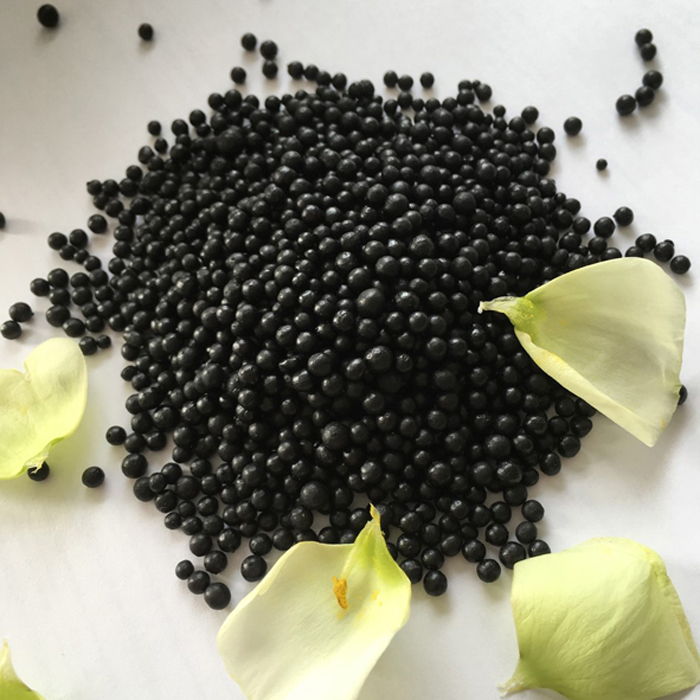
Nov . 13, 2024 16:38 Back to list
nitrogen fertilizer for grass
Understanding Nitrogen Fertilizers for Grass
Maintaining a lush, healthy lawn is a common goal for homeowners and landscapers alike. One of the most critical factors in achieving this goal is the application of nitrogen fertilizers. Nitrogen (N) is one of the three primary nutrients essential for plant growth, along with phosphorus (P) and potassium (K). This article explores the importance of nitrogen fertilizers for grass, how they function, and tips for effective application.
The Role of Nitrogen in Grass Growth
Nitrogen is a vital component of amino acids, the building blocks of proteins, and is crucial for chlorophyll production. Chlorophyll is necessary for photosynthesis, the process by which plants convert sunlight into energy. A sufficient nitrogen supply leads to robust grass growth, dark green color, and overall vigor. Without adequate nitrogen, grass can appear yellowish, stunted, and more susceptible to diseases and pests.
Types of Nitrogen Fertilizers
There are two primary categories of nitrogen fertilizers quick-release and slow-release.
1. Quick-release fertilizers provide an instant boost of nitrogen, leading to rapid grass growth. They are ideal for quick fixes in response to visible deficiencies. However, they can lead to growth spurts that require more frequent mowing.
2. Slow-release fertilizers, on the other hand, release nitrogen gradually over an extended period. This type minimizes the risk of nitrogen leaching—where excess nitrogen washes away during rain—while providing a steady supply of nutrients to the grass.
Both types have their advantages, and choosing the right one depends on your lawn’s specific needs and your gardening schedule.
How to Apply Nitrogen Fertilizers
nitrogen fertilizer for grass

Applying nitrogen fertilizers correctly is crucial to avoid over-fertilizing, which can harm your lawn and the environment. Here are some tips for effective application
1. Soil Testing Before applying any fertilizer, conduct a soil test to determine existing nutrient levels. This ensures you only add what is necessary, preventing waste and potential damage to the grass.
2. Timing The best times to apply nitrogen fertilizers depend on the type of grass. Cool-season grasses should be fertilized in early spring and fall when they are actively growing. Warm-season grasses benefit from fertilization in late spring through summer.
3. Application Rate Follow the manufacturer's instructions for the correct application rate. Generally, lawns require around 1 to 1.5 pounds of nitrogen per 1,000 square feet per year, though this may vary based on grass type and growth conditions.
4. Method of Application Use a spreader for even distribution of granular fertilizers. For liquid fertilizers, consider using a sprayer. Avoid applying fertilizers on windy days to prevent drift onto non-target areas.
5. Watering After applying nitrogen fertilizers, water the lawn lightly to help the nutrients penetrate the soil and reach the grass roots. This also reduces the risk of burning the grass blades.
Environmental Considerations
While nitrogen is essential for grass health, overuse can lead to environmental issues, such as water pollution from runoff. It can cause algal blooms in nearby water bodies, disrupting aquatic ecosystems. Therefore, it’s important to use nitrogen fertilizers responsibly, focusing on precision and timing.
Conclusion
Nitrogen fertilizers are a key contributor to a vibrant, healthy lawn. By understanding their role and applying them correctly, homeowners can enhance grass growth while also being mindful of environmental impact. With proper care, your lawn can thrive, providing a beautiful outdoor space to enjoy for years to come.
-
10 10 10 Fertilizer Organic—Balanced NPK for All Plants
NewsJul.30,2025
-
Premium 10 10 10 Fertilizer Organic for Balanced Plant Growth
NewsJul.29,2025
-
Premium 10 10 10 Fertilizer Organic for Balanced Plant Growth
NewsJul.29,2025
-
Premium 10 10 10 Fertilizer Organic for Balanced Plant Growth
NewsJul.29,2025
-
50 Pound Bags of 13-13-13 Fertilizer for All Plants – Bulk & Organic Options
NewsJul.28,2025
-
High-Efficiency 15-30-15 Granular Fertilizer for Healthy Crops
NewsJul.28,2025
